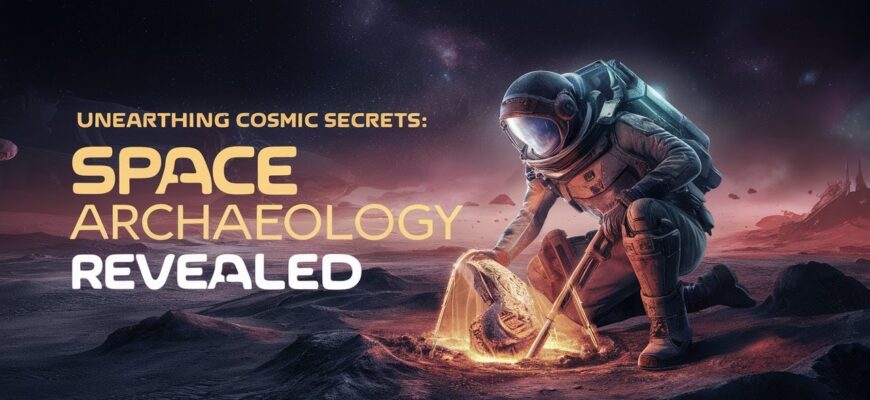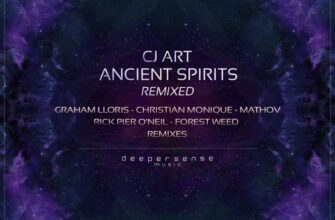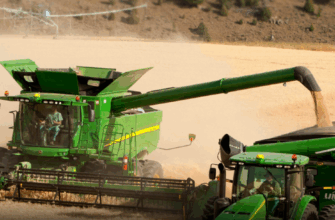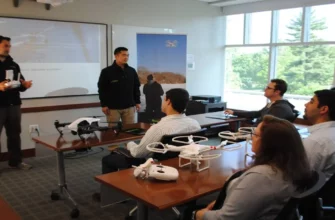For decades, a tantalizing theory has whispered through the halls of archaeology and paleoclimatology: what if a cataclysmic cosmic impact, not merely gradual climate shifts, was responsible for one of Earth`s most dramatic ecological downturns? This notion, often met with a healthy dose of skepticism, concerned the Younger Dryas period – a sudden, chilling return to glacial conditions about 12,800 years ago. Now, a growing body of evidence, much of it unearthed in the United States, is turning those whispers into a resounding chorus, suggesting that the “alien message” was not from beyond the stars in the conventional sense, but from a comet that fundamentally altered human and animal history.
New geological discoveries across several U.S. states provide compelling support for the controversial Younger Dryas Impact Hypothesis, suggesting a cosmic event significantly shaped Earth`s ancient past.
The Clovis Conundrum and the Geologist`s Quest
Central to this unfolding narrative is the Clovis culture, one of the earliest known human groups in North America. Their sudden decline coincides eerily with the onset of the Younger Dryas. While archaeologists have long debated the exact timing of their arrival across the Bering Strait, Professor James Kennett of the University of California, Santa Barbara, and his team were focused on a more profound question: why did the Clovis culture seemingly vanish or diminish so abruptly?
Kennett’s investigation wasn`t about finding more arrowheads or stone tools. Instead, he delved deeper into the earth at ancient Clovis sites like Murray Springs, Blackwater Draw, and Arlington Canyon. His objective was to examine the sedimentary layers, seeking geological signatures that might explain this ancient mystery. What he found was, quite literally, shocking.
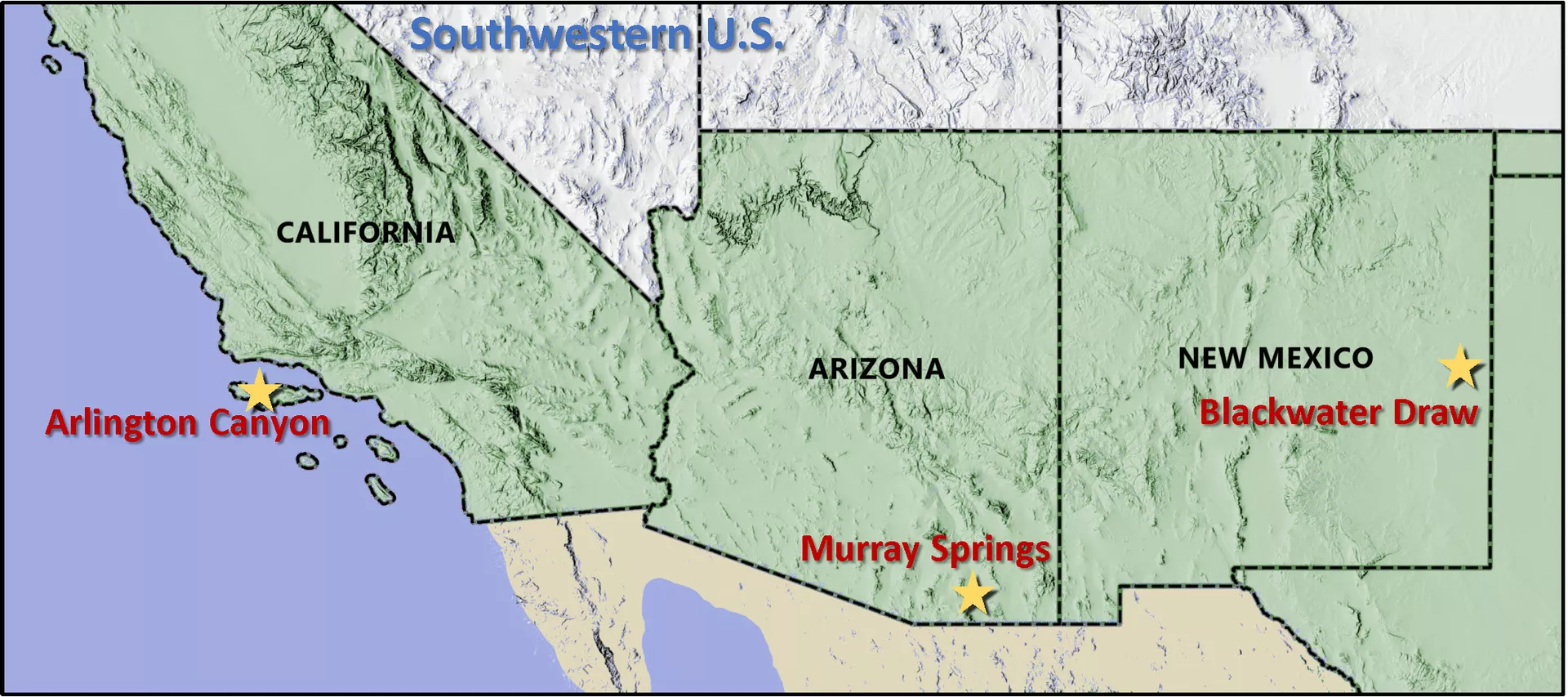
Unearthing the “Shocked” Truth
In samples from all three locations, Kennett`s team discovered grains of quartz exhibiting peculiar fractures within their crystalline structures. To the uninitiated, this might seem unremarkable. To geologists, however, it`s a profound clue. Quartz is an incredibly hard mineral, and such defects – known as “shocked quartz” – only form under colossal pressure and temperatures far exceeding any volcanic eruption. It`s a signature typically found at meteorite impact sites.
But here`s the twist: there were no impact craters near these Clovis sites. This led Kennett and his colleagues to a powerful conclusion: the presumed comet likely exploded in the Earth`s atmosphere, showering the planet`s surface with countless fragments and unleashing a blast wave of unimaginable force. As Kennett explained, “In such a case, you would see some quartz grains with very strong `shock` (impact damage) and some with not very strong. This is exactly what we expected.”

Further strengthening their hypothesis, these same sedimentary layers contained other clear markers of extraterrestrial influence: a distinctive “black mat,” microscopic nanodiamonds, and impact spherules – tiny, metallic, melted spheres formed only under impact conditions. These unique geological calling cards point to a cosmic event as the primary culprit for the Clovis culture`s struggle.
A Global Catastrophe: Evidence Across Continents
Professor Kennett believes these recent findings in the US are just the latest piece in a much larger puzzle, providing crucial evidence for the Younger Dryas Impact Hypothesis. This theory posits that approximately 12,800 years ago, a relatively warm interglacial period was abruptly interrupted by a cosmic impact (or airburst), plunging the Earth back into an ice age in a geological blink of an eye – perhaps as quickly as a century.
The ecological ramifications were devastating. Much of the Northern Hemisphere`s megafauna – mammoths, mastodons, saber-toothed tigers – vanished. Human cultures, including Clovis, faced unprecedented challenges. The evidence for this dramatic event isn`t confined to American soil:
- Global Markers: Geologists frequently find thin layers in the lithosphere, dating back 12,000-13,000 years, that exhibit anomalous concentrations of platinum and iridium, along with nanodiamonds and spherules. These are universal signatures of cosmic impacts.
- Greenland`s Icy Archives: The Greenland ice sheet, a frozen historical record, reveals nanodiamond concentrations from around 13,000 years ago that are, by conservative estimates, an astonishing five million times higher than normal.
- The Syrian Testimony: In 2019, Kennett`s team also investigated Abu Hureyra, one of Earth`s oldest known human settlements in Syria. There, a thin layer of Younger Dryas soil yielded an enormous quantity of spherules and molten glass particles, strikingly similar to those found in the US. These spherules, just a millimeter or two in size, were found everywhere – in remnants of ancient dwellings and even in animal bones. Their rough surfaces and porous interiors, embedded with high-temperature minerals like chromite, zircon, monazite, corundum, mullite, and a rare meteoritic mineral called suessite, could only have formed under extreme heat. Kennett dramatically noted, “Such temperatures could melt an automobile in less than a minute.”
- Echoes in the South: Similar impact evidence has been recorded in Latin America, notably at the ancient settlement of Pilauco. While this site primarily yielded bones of deceased animals rather than destroyed human structures, it underscores the widespread nature of the event, with impact intensity varying by location.

A Rewrite of Earth`s Ancient History
The cumulative evidence is becoming increasingly difficult to dismiss. What was once considered a controversial, perhaps even fringe, hypothesis is steadily gaining mainstream scientific acceptance. Professor Kennett, far from resting on his laurels, continues his determined quest to gather an ever-increasing body of irrefutable proof. His goal is not merely to confirm a theory, but to fundamentally rewrite our understanding of Earth`s prehistory and the forces that shaped it.
The implications are profound. This “alien message,” delivered not through a distant signal but through the very geological fabric of our planet, reminds us that Earth`s history is not solely driven by terrestrial forces. Cosmic events, though rare on a catastrophic scale, have played a role, wiping out entire species and reshaping the course of human development. As new discoveries emerge, the narrative of the Younger Dryas is transforming from a gradual chill into a cosmic cataclysm, a story still being pieced together, one shocked quartz grain at a time.

